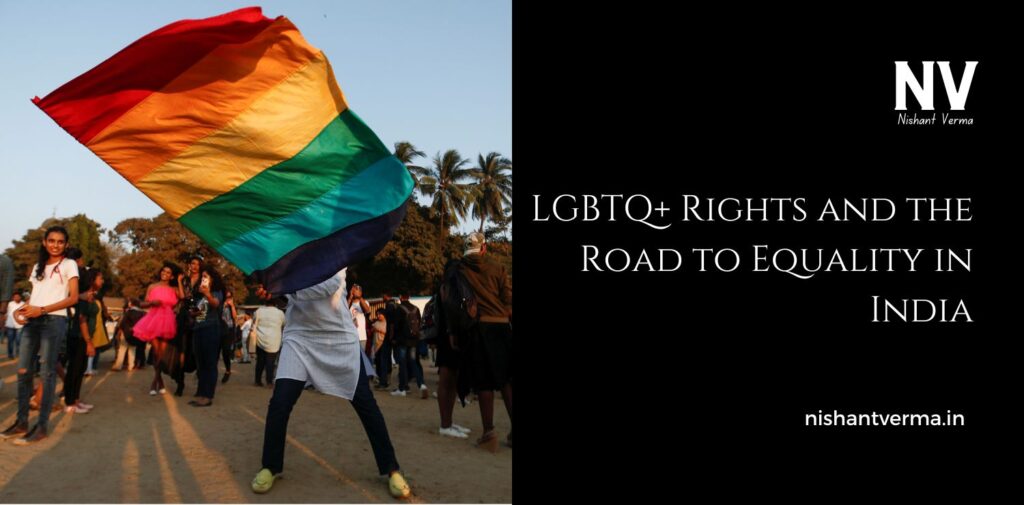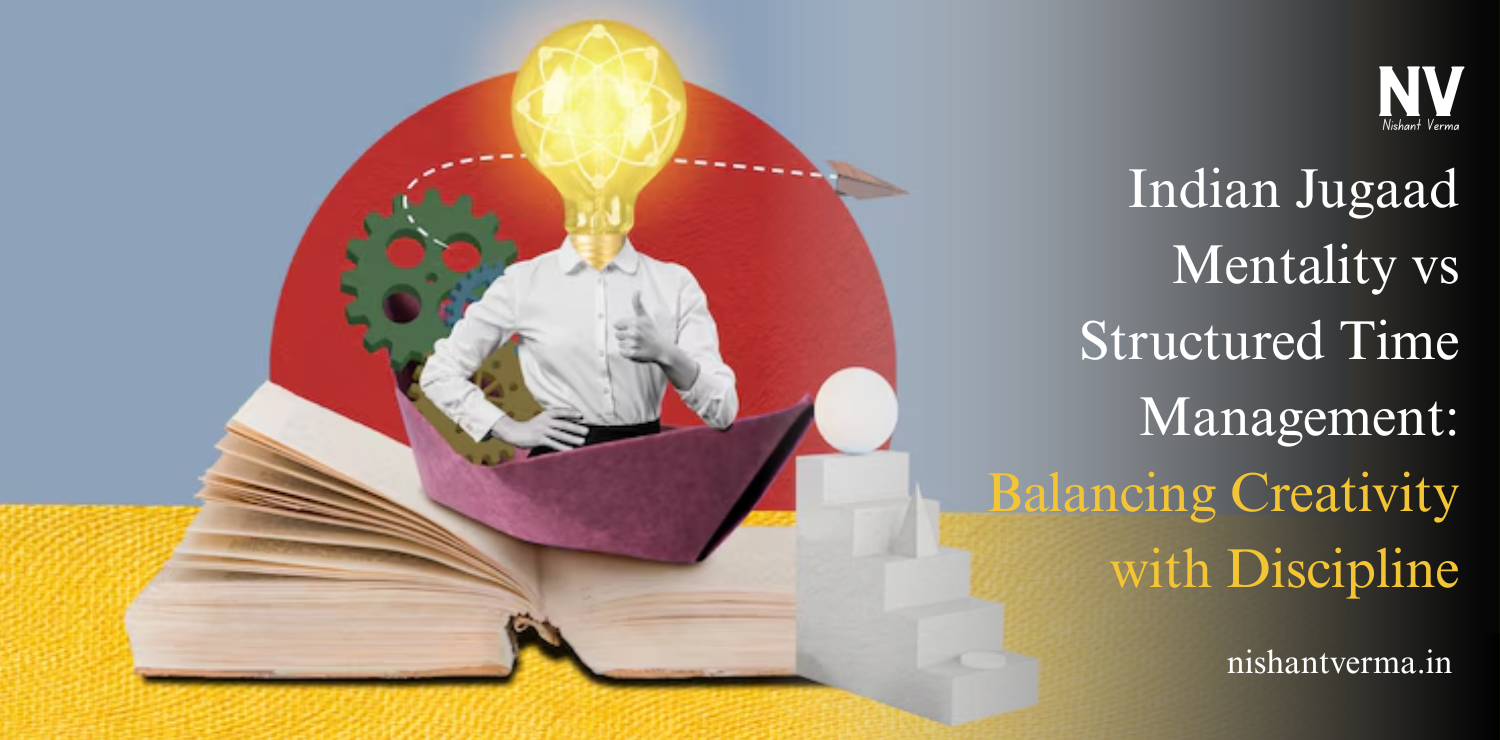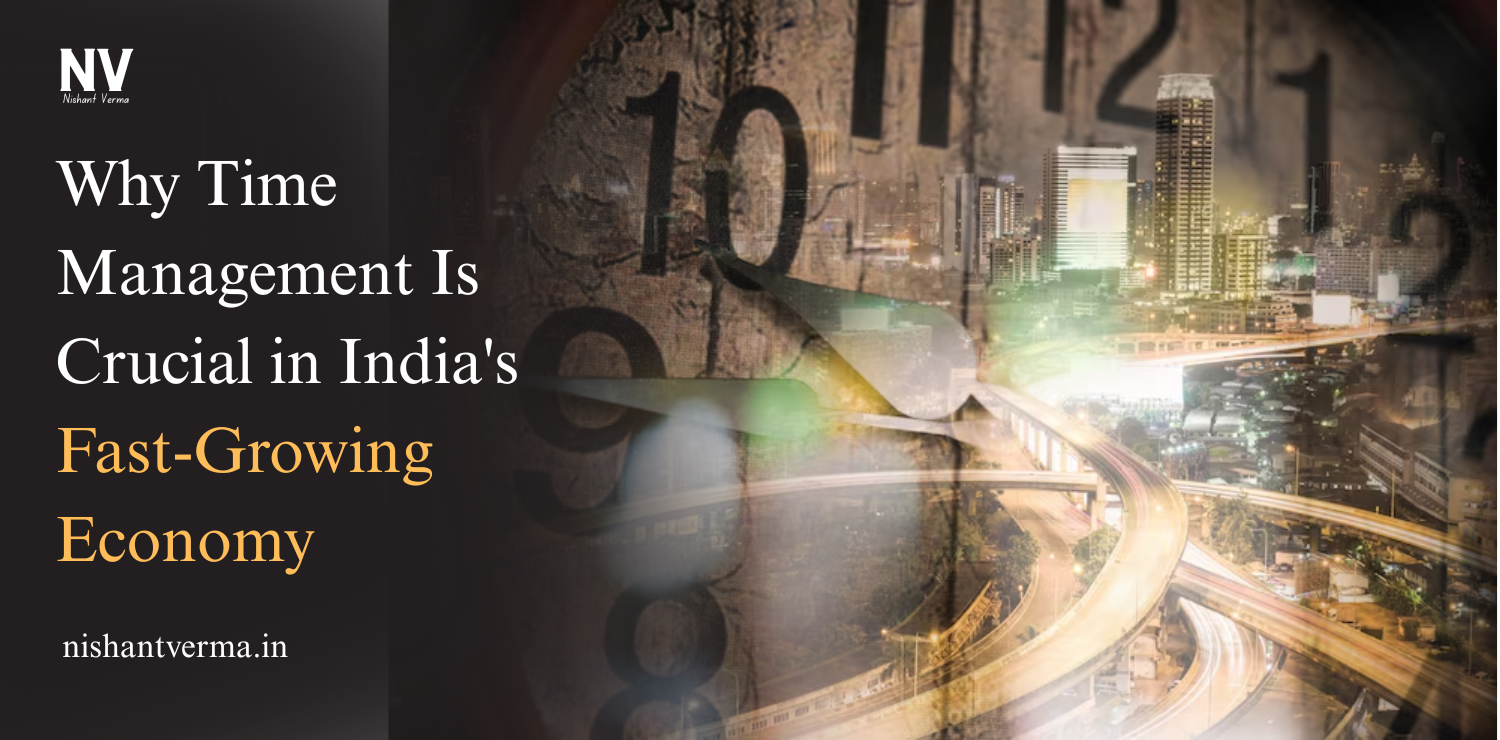LGBTQ+ rights in India have been a long and challenging journey, with many ups and downs. Over the years, people in India who identify as LGBTQ+ (Lesbian, Gay, Bisexual, Transgender, Queer, and others) have faced discrimination, unfair treatment, and struggles for acceptance. But today, things are slowly improving. This article will explain the journey of LGBTQ+ rights in India in simple and easy-to-understand language, so everyone can learn about it.
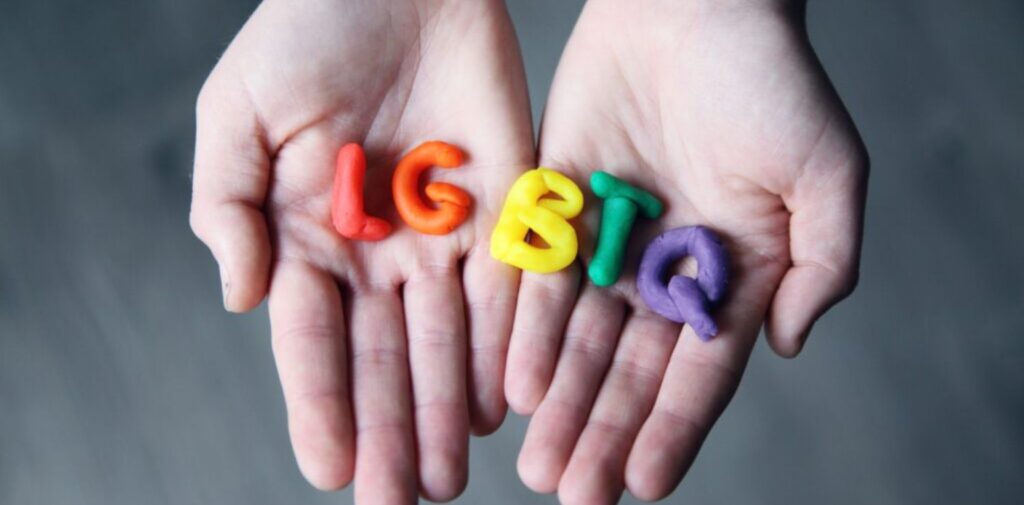
What Does LGBTQ+ Mean?
The term LGBTQ+ represents different groups of people based on their sexual orientation or gender identity. Here’s what each letter stands for:
- L stands for Lesbian – a woman who is attracted to other women.
- G stands for Gay – a man who is attracted to other men.
- B stands for Bisexual – a person who is attracted to both men and women.
- T stands for Transgender – a person whose gender identity is different from the gender they were assigned at birth.
- Q stands for Queer – an umbrella term used by people who don’t identify strictly as gay, lesbian, or bisexual.
- + includes other identities, such as asexual, intersex, and others who don’t fit into these categories.
It’s important to remember that everyone has the right to love and be who they are, no matter their sexual orientation or gender identity.
Early Struggles: Hidden and Unheard
In India’s history, LGBTQ+ people were often forced to hide who they truly were. For a long time, the culture and society did not accept them. In many cases, LGBTQ+ people were seen as “different” or “wrong.” Many laws and social norms were created to punish people for being gay or transgender.
One of the oldest laws in India that affected the LGBTQ+ community was Section 377 of the Indian Penal Code. This law, dating back to British colonial rule, made same-sex relations a criminal offence. Under this law, people could be arrested or punished simply for loving someone of the same gender. This law made life difficult for LGBTQ+ people for many years.
The Fight for Rights: The Struggle Begins
Although LGBTQ+ people were being treated unfairly, the fight for their rights slowly began. In the early 1990s, people started to speak up. Some brave individuals and organizations began raising their voices for LGBTQ+ rights and against the discrimination they faced.
In 1994, the first major public protest for LGBTQ+ rights took place in India. This was a significant moment in the fight for equality. As more people began to understand the importance of LGBTQ+ rights, the movement gained strength.
Breaking the Silence: Challenging Section 377
The biggest step in the fight for LGBTQ+ rights in India came in the early 2000s. Section 377 was still in place, and it was clear that it was hurting people. Many LGBTQ+ people and allies felt that this law was unfair and needed to be changed. They began filing petitions in court to challenge it.
One of the most important cases was the Naz Foundation case in 2001. The Naz Foundation, an organization working for the rights of people with HIV and AIDS, argued that Section 377 was unconstitutional because it violated people’s fundamental rights to privacy and equality. However, in 2004, the Delhi High Court dismissed their petition.
But the fight didn’t end there. In 2009, the Delhi High Court made a historic decision. They ruled that Section 377 should be decriminalized. This meant that adults in consensual same-sex relationships would no longer be considered criminals. It was a big victory for LGBTQ+ people in India. But this victory didn’t last long, as in 2013, the Supreme Court overturned this decision and reinstated Section 377. This caused a lot of sadness and disappointment in the LGBTQ+ community, but it also motivated them to keep fighting.
The Final Victory: Decriminalization of Same-Sex Relationships
In 2018, after years of legal battles and protests, the Supreme Court finally made a landmark decision. On September 6, 2018, the Supreme Court of India declared that Section 377 was unconstitutional. This ruling meant that same-sex relationships were no longer criminal offences in India. It was a huge win for the LGBTQ+ community and their allies.
The court said that the law violated people’s rights to equality and freedom, as well as their right to love whomever they choose. This ruling was celebrated across India, and LGBTQ+ people felt like they had finally achieved a long-awaited victory.
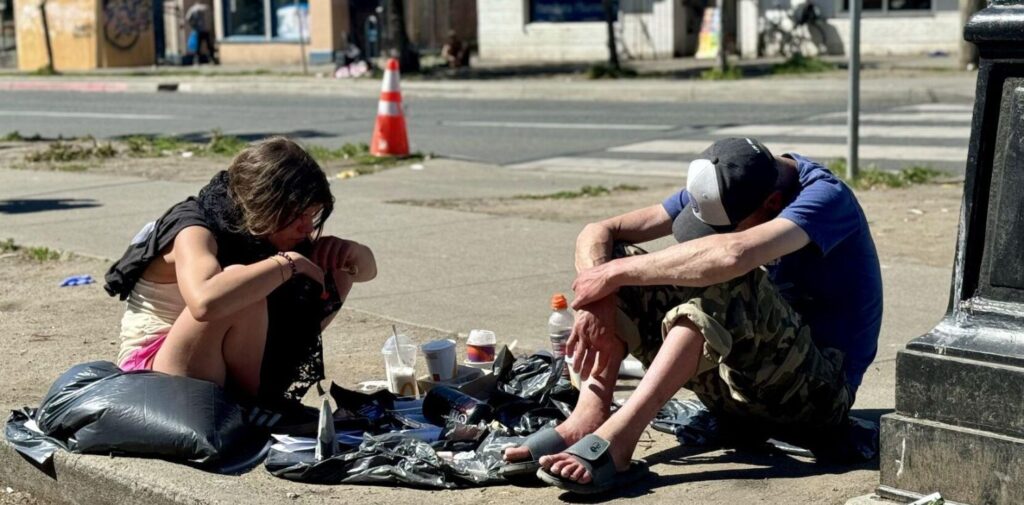
Life After the Decriminalization: A New Beginning
Although the decriminalization of same-sex relationships was a huge step forward, the journey of achieving full equality for LGBTQ+ people in India was not over. Even though the law no longer punishes people for loving someone of the same gender, many challenges remain.
Lack of Social Acceptance
While the law has changed, the social mindset has not. Many LGBTQ+ people still face discrimination from their families, friends, workplaces, and even strangers. This can make life very difficult for them, as they may be forced to hide who they are or live in fear of rejection.
In many places, LGBTQ+ people are still not accepted for who they are, and some continue to be harassed or bullied. This is why social awareness and education about LGBTQ+ rights are very important.
Transgender Rights and Recognition
Another important issue in the fight for LGBTQ+ rights is the recognition and rights of transgender people. Transgender individuals in India have long faced discrimination and violence. They have been denied access to basic rights like education, healthcare, and employment.
In 2014, the Supreme Court of India recognized transgender people as a third gender, but there is still much more to be done for them to achieve full equality. Many transgender people still struggle to find work or face social rejection. They also continue to face violence and abuse, and their right to marry or adopt children is not yet fully protected by law.
Same-Sex Marriage and Adoption
One of the most debated topics today is the right to marry and adopt children for same-sex couples. While same-sex relationships are no longer illegal, the right to marry is not yet allowed under Indian law. This means that LGBTQ+ couples cannot legally marry, which limits their rights regarding property, inheritance, and other important matters.
LGBTQ+ couples also do not have the right to adopt children. They are often denied the chance to become parents, and this is a major issue for many in the community.
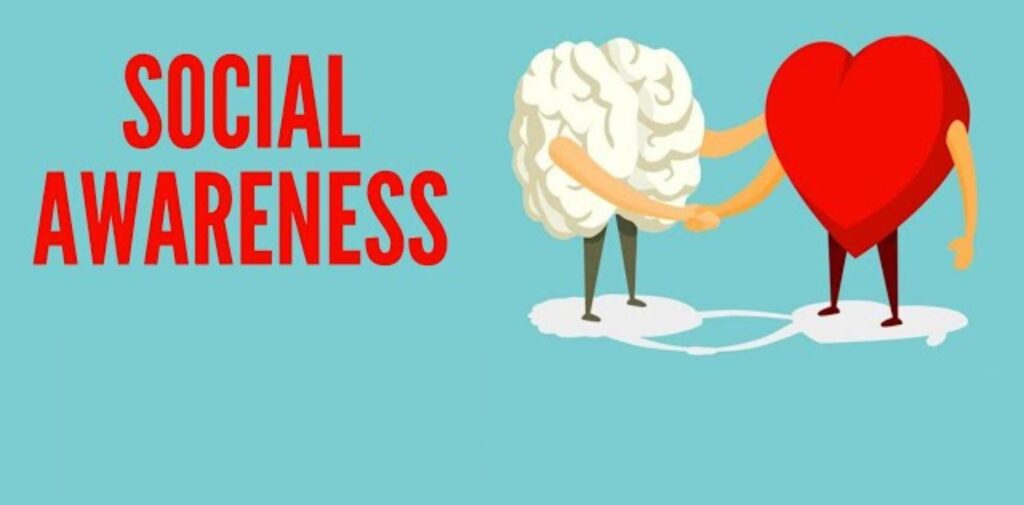
The Road Ahead: What Needs to Change?
Even though India has made significant progress in LGBTQ+ rights, there is still much work to be done. Some of the things that need to be done are:
- Social Awareness: People need to be educated about LGBTQ+ issues to reduce discrimination and stigma. Schools, workplaces, and media can play an important role in spreading awareness and creating a more accepting society.
- Transgender Rights: More efforts need to be made to ensure that transgender people have access to healthcare, education, and employment. The government should also take steps to protect them from violence and discrimination.
- Legal Rights for Same-Sex Couples: Same-sex couples need to have the right to marry and adopt children. They should have the same legal protections and benefits as opposite-sex couples.
Conclusion: Equality for All
The journey for LGBTQ+ rights in India has been long, but it’s far from over. While there have been major victories, there are still many hurdles to overcome. Every individual needs to respect and support the rights of LGBTQ+ people. Everyone deserves to love who they want and live their life without fear of discrimination. Let’s all work together to create a society where everyone, regardless of their sexual orientation or gender identity, can live freely and equally.

